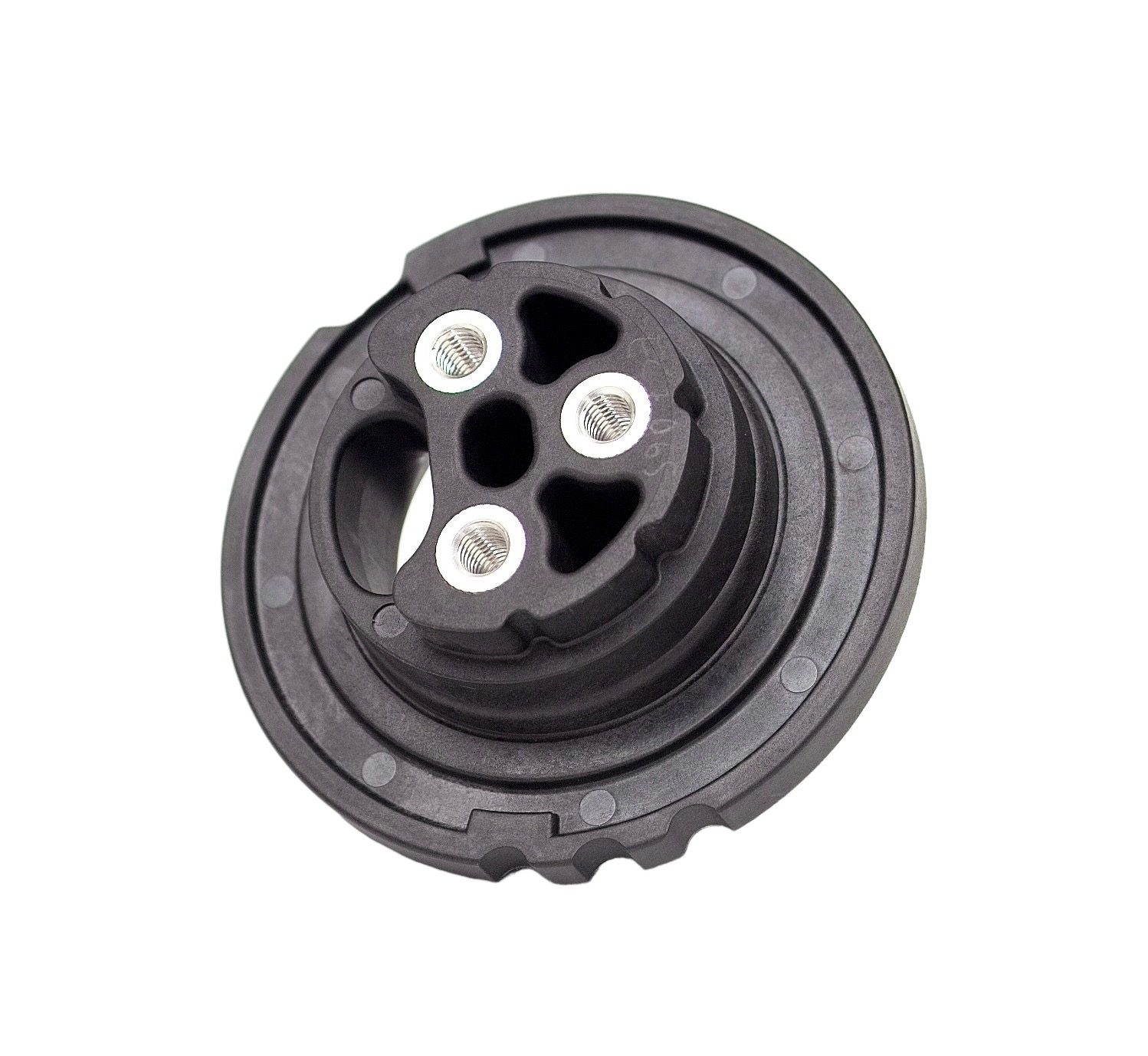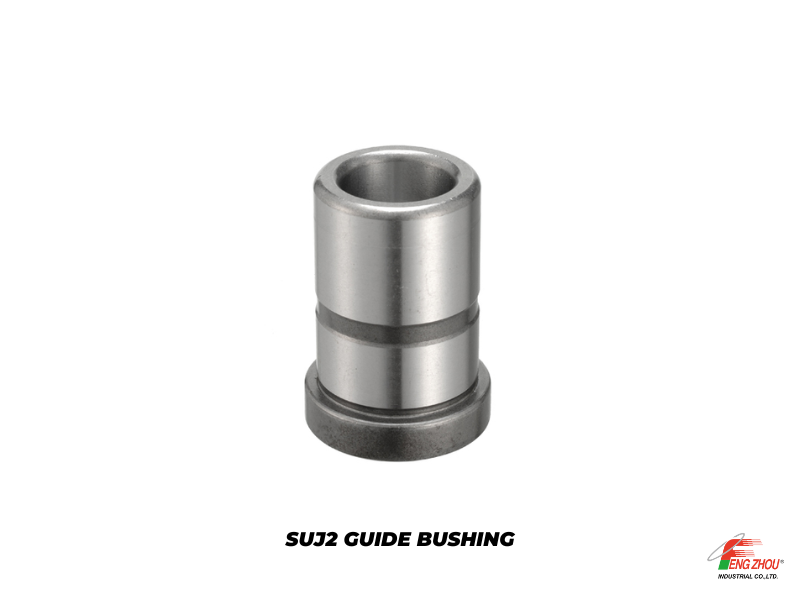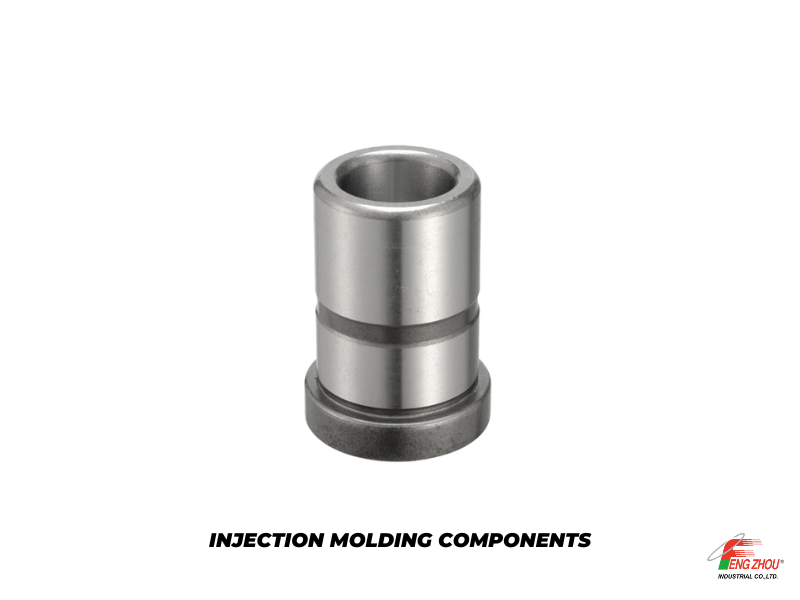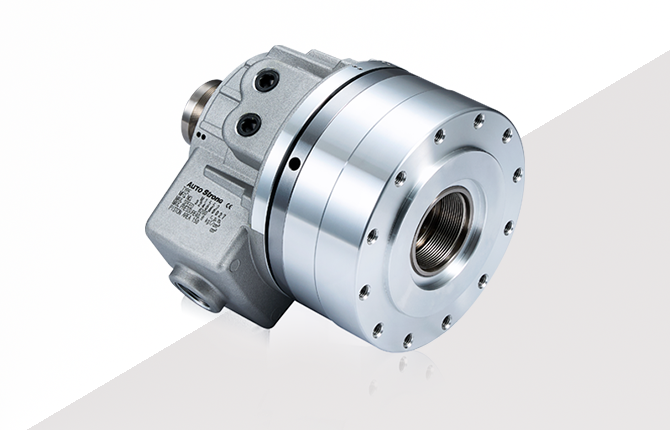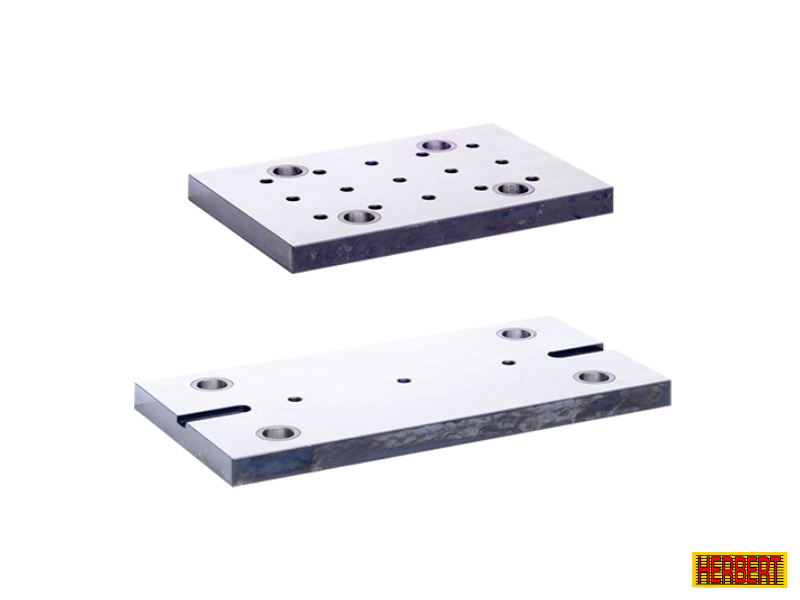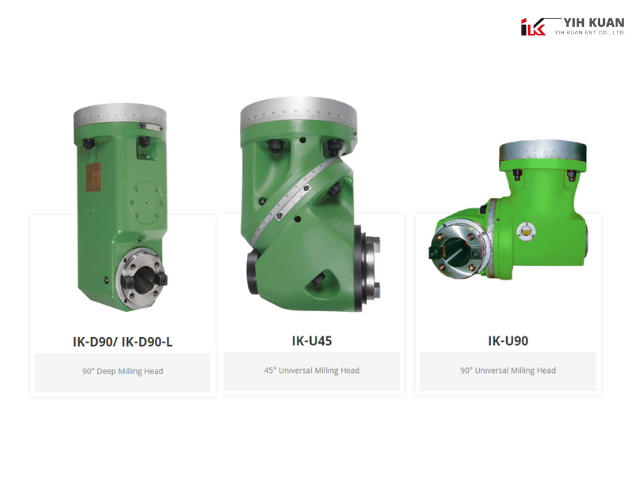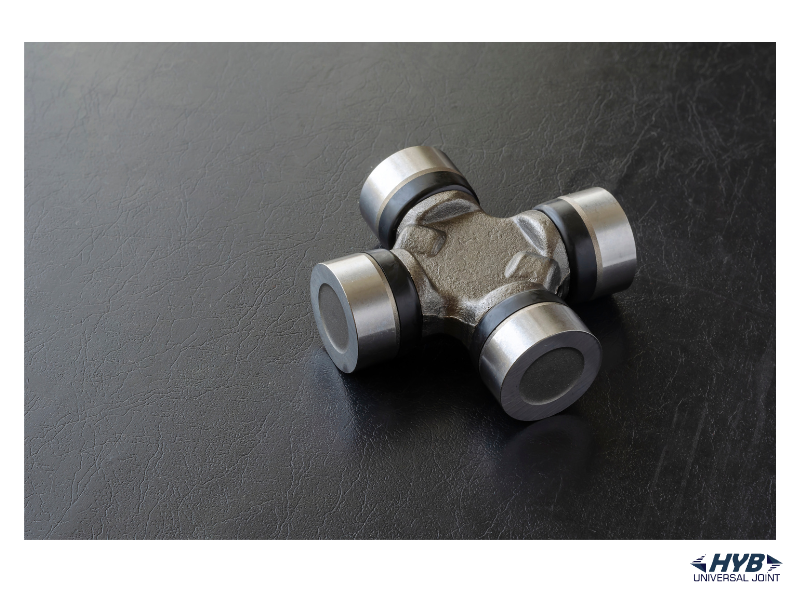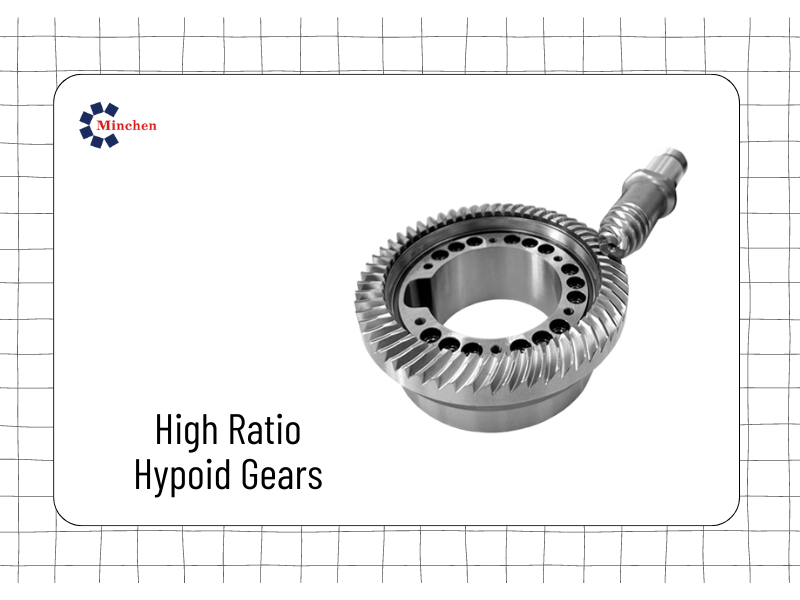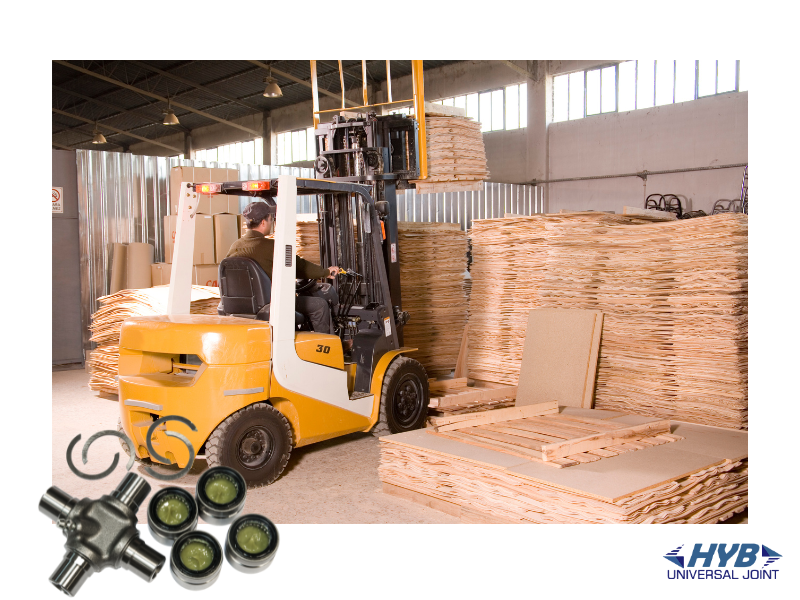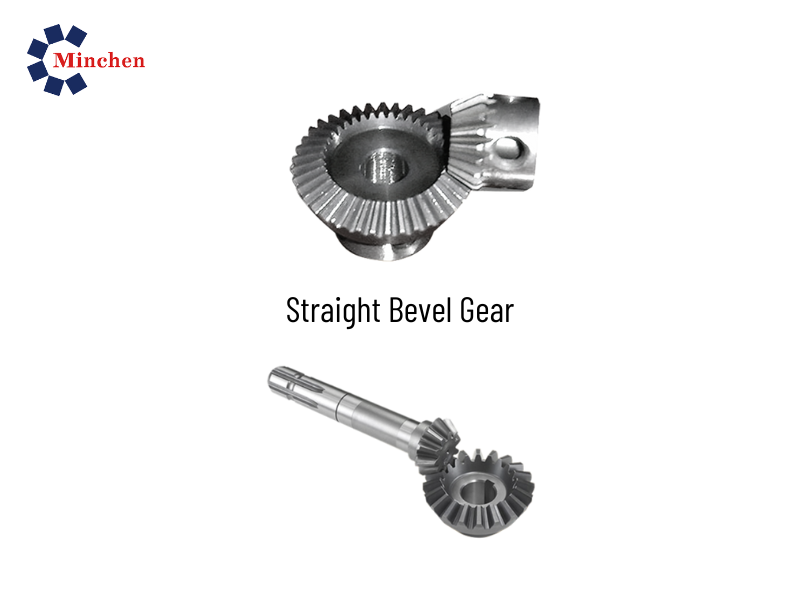How to find a suitable Saw Blade Grinding Machine?
2024-05-31Machinery
Introduction:
In the diverse world of manufacturing, choosing the right type of saw blade for specific materials and applications is crucial for efficiency, precision, and cost-effectiveness. At EYAN, we understand the unique demands of different industries and provide specialized grinding machines to maintain and enhance the performance of both tube-cutting and woodworking saw blades. This article explores the distinct characteristics of these blades and how our grinding solutions can extend their lifespan and functionality.
Understanding Saw Blades:
Saw blades come in various designs and are made from different materials to suit specific tasks. The primary distinction lies in the type of material they are intended to cut and the cutting environment they are designed for.
Saw Blade Types and Materials Comparison Table
|
Type of Saw Blade |
Common Materials |
Typical Applications |
|
Circular Saw Blades |
High-Speed Steel (HSS), Carbide-Tipped |
Wood, Metal, Masonry, Plastic |
|
Band Saw Blades |
Bi-Metal, Carbon Steel |
Metalworking, Lumber cutting, Meat cutting |
|
Jigsaw Blades |
High Carbon Steel (HCS), Bi-Metal, Tungsten Carbide |
Wood, Metal, Ceramic |
|
Reciprocating Saw Blades |
High-Speed Steel (HSS), Bi-Metal, Carbide |
Construction, Demolition, Tree pruning |
|
Scroll Saw Blades |
High Carbon Steel (HCS) |
Intricate wood cutting, Plastic, Metal fretwork |
|
Chop Saw Blades |
Diamond, Abrasive materials |
Metal, Concrete, Tile, Stone |
|
Miter Saw Blades |
High-Speed Steel (HSS), Carbide-Tipped |
Precision wood cutting, Moldings, Trims |
|
Table Saw Blades |
High-Speed Steel (HSS), Carbide-Tipped |
Wood, Plywood, Other sheet materials |
|
Tile Saw Blades |
Diamond, Abrasive materials |
Ceramic, Porcelain, Glass tiles |
|
Dado Blades |
Carbide, High-Speed Steel (HSS) |
Woodworking, Creating slots or grooves in woodworking projects |
|
Hacksaw Blades |
High Carbon Steel (HCS), Bi-Metal |
Metal, Plastic pipes |
Explanation of Saw Blade Materials:
- High-Speed Steel (HSS): Durable and resistant to high temperatures. Commonly used for metal cutting applications.
- Carbide-Tipped: Extremely hard and durable, providing longer life and sharper cuts. Ideal for hardwood, metals, and other tough materials.
- High Carbon Steel (HCS): Flexible and durable, suitable for cutting wood and plastic.
- Bi-Metal: Combines HSS and HCS, offering flexibility and heat resistance, making them suitable for cutting hard materials like metal.
- Diamond: Used for extremely hard materials like stone, concrete, and tile. Provides high abrasion resistance.
- Abrasive materials: Generally used for cutting very hard materials, such as stone and metal, often used in chop saws and grinding applications.
Tube-Cutting Saw Blades:
Saw blades designed for cutting tubes are typically made from high-speed steel or carbide to handle the toughness of metals. These blades have teeth configurations that are optimized for smooth cuts and to reduce burring, which is essential for maintaining the integrity of the tube's shape and dimensions. Tube-cutting saw blades often operate under high-speed conditions and are subject to intense heat and friction.
Woodworking Saw Blades:
In contrast, woodworking saw blades are usually crafted from carbon steel or carbide-tipped materials. The teeth on these blades vary significantly depending on the type of wood they are designed to cut, such as softwood, hardwood, or composite materials. Woodworking blades are designed to manage the fibrous nature of wood, ensuring clean and precise cuts without splintering or causing damage to the material.
Comparing the Two:
The primary difference between tube-cutting and woodworking saw blades lies in their tooth design and the material hardness they are engineered to cut. Tube-cutting blades must resist wear and manage heat efficiently due to the hardness of the metals, whereas woodworking blades focus more on precision and a smooth finish.
EYAN’s Saw Blade Grinding Solutions:
At EYAN, we specialize in creating grinding machines that cater specifically to the needs of these diverse blades. Our grinders restore the sharpness and precision of both tube-cutting and woodworking saw blades, thereby extending their operational life and reducing replacement costs.
- For HSS Tube-Cutting Blades:
Our S series and EMA series grinding machines are specifically designed to accommodate the hardness and durability demanded by HSS (High-Speed Steel) metal-cutting blades. These machines ensure that the saw blades retain their sharpness and structural integrity even after repeated cuts through metal tubes, providing sustained performance without compromise.
- For Carbide-Tipped Woodworking Blades:
Our ES-280 grinding machine is expertly engineered to sharpen carbide-tipped saw blades, which are commonly used in woodworking. This machine is tailored to maintain the unique tooth patterns of carbide blades, ensuring they remain razor-sharp for consistent, precise, and clean cuts. The ES-280 provides reliable and efficient sharpening capabilities that cater specifically to the demanding needs of woodworking professionals.
Conclusion:
Understanding the specific needs of different saw blades is key to selecting the right equipment for their maintenance. EYAN’s range of grinding machines ensures that whether you are cutting tubes or wood, your blades receive the best possible care, enhancing both their performance and lifespan. Manufacturers utilizing these blades can significantly benefit from our specialized sharpening solutions, ensuring prolonged blade efficiency and reduced operational costs.
